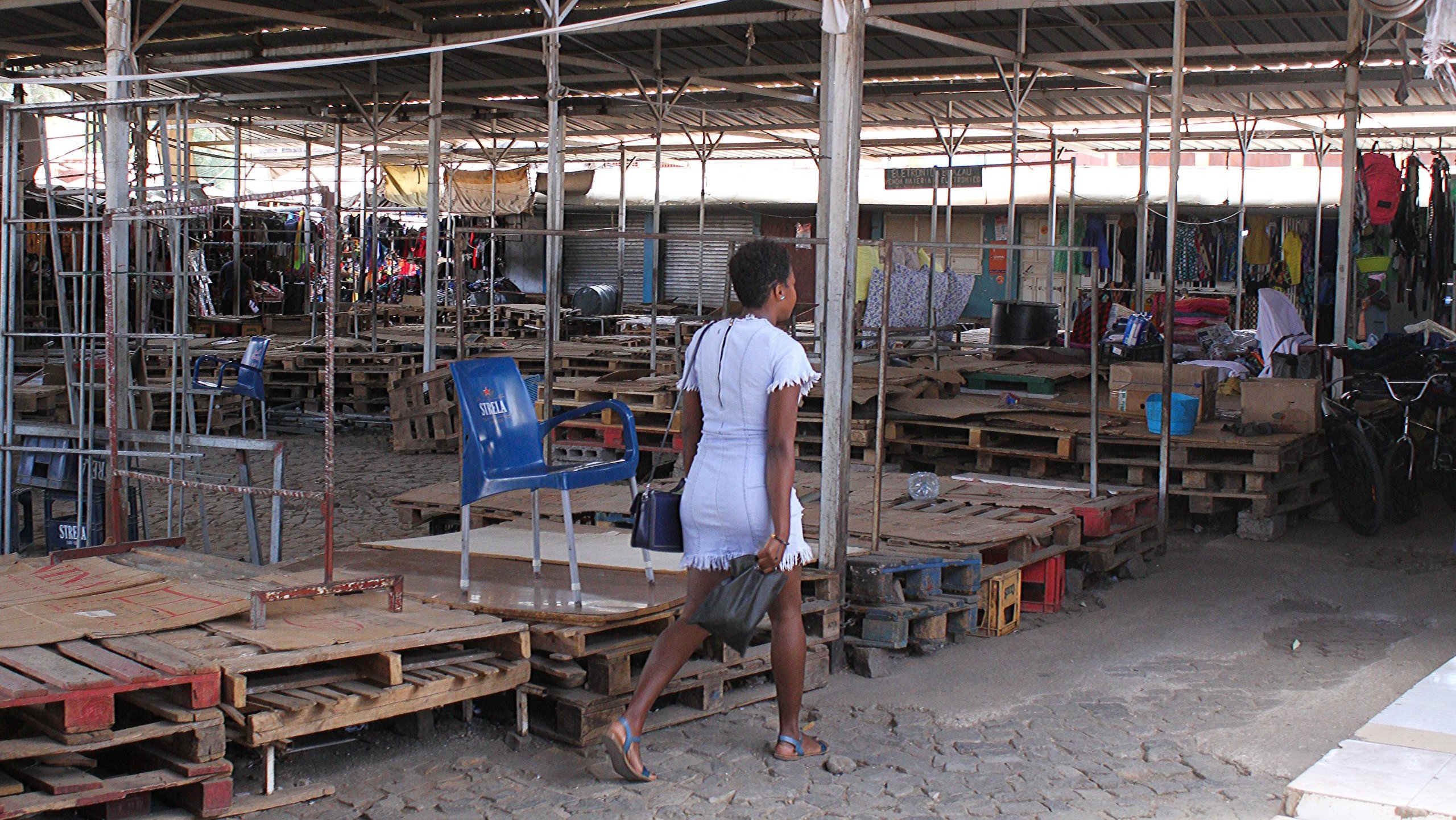Prices in Cape Verde increased by 1.2% in July and accumulated a rise of 9.0% in the space of one year, according to data from the National Institute of Statistics of Cape Verde (INE) prepared by Lusa.
According to the Consumer Price Index (IPC), prepared by the INE and released this Friday, this the monthly variation in July is 0.6 percentage points below the rate recorded in June.
The interannual variation rate of the total CPI, in July 2022, was 9.0%, a value 0.8 percentage points higher than that registered in the previous month”, reads the INE report.
In the same period, the CPI also registered an average variation of 6.1% in the last 12 months, 0.6 percentage point higher than that of June.
Cape Verde closed 2021 with an average annual inflation of 1.9%the highest value since 2013, already influenced by the increase in fuel prices on the international market, according to the Cape Verdean government.
The archipelago registered an accumulated annual variation in prices of 0.6% in 2020, after a rate of 1.9% in 2019 as a whole, according to previous data from the INE.
The government already admitted last month that the Inflation in Cape Verde could reach 8% this yearthe highest in the last 25 years, predicting effects on purchasing power and a “very strong impact” on the most vulnerable families.
The forecasts were advanced by the Secretary of State for Finance, Alcindo Mota, in a presentation that preceded a statement from the Prime Minister, Ulisses Correia e Silva, who on June 20 declared a social and economic emergency in the country due to the Impacts of the war in Ukraine.
The values forecast by the Government are higher than those of the Bank of Cape Verde (BCV), which for this year forecasts an average inflation rate of 7.3%.
If the inflation rate of 8% is reached in 2022, it will be the highest value in the last 25 years, only surpassed by 8.7% in 1997, according to INE data.
Cape Verde does not have refining capacity and imports all the oil products it needs – around 80% of electricity production is guaranteed by diesel or fuel-oil plants – as well as 80% of food, due to the drought that The archipelago has suffered for a long time, almost four years.
Source: Observadora
